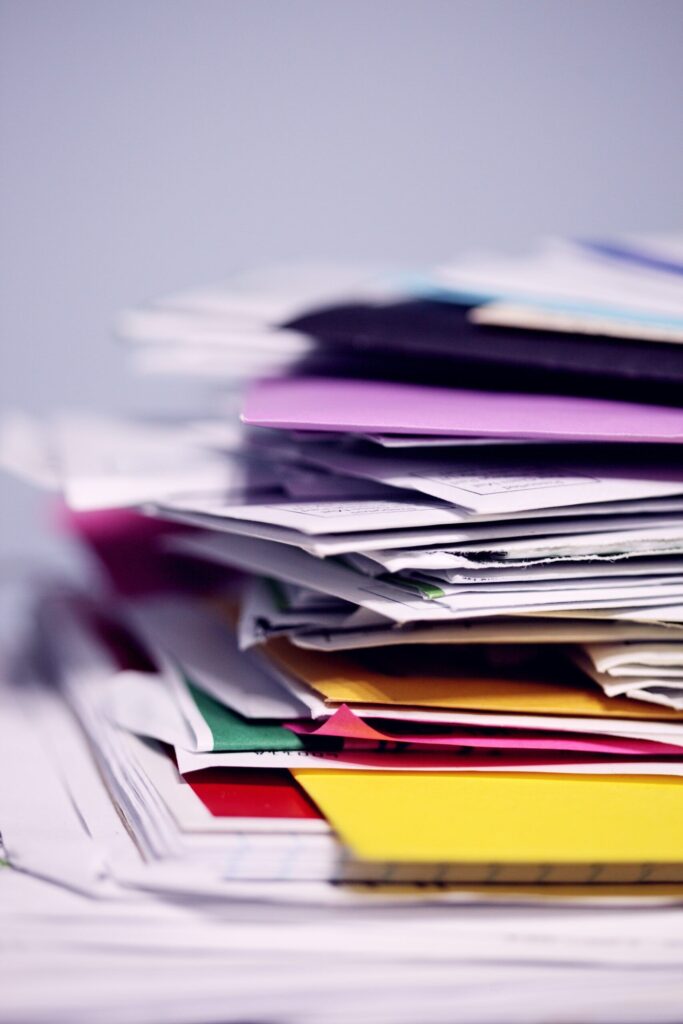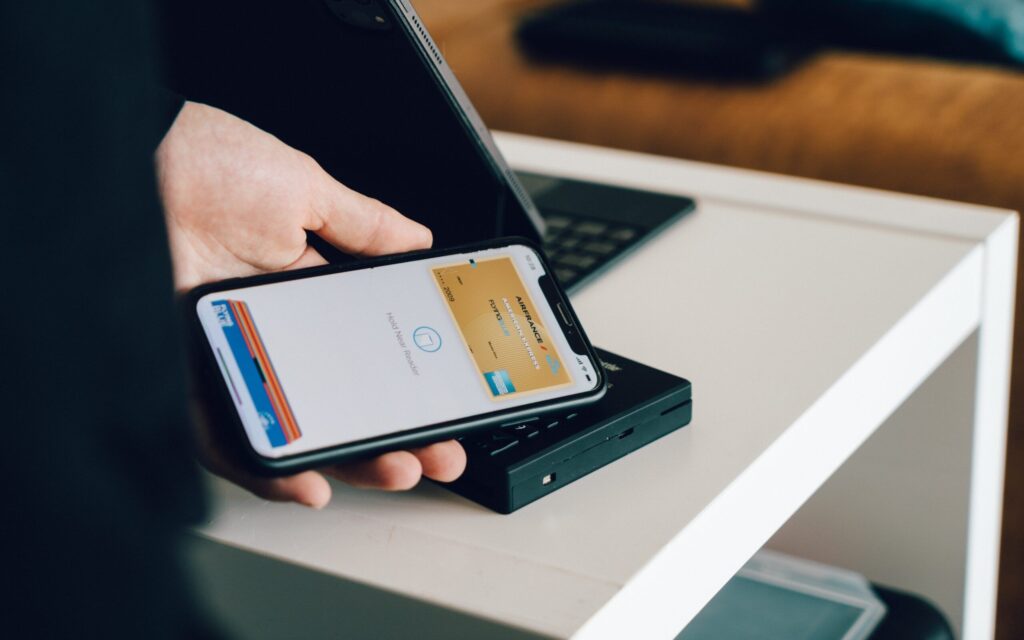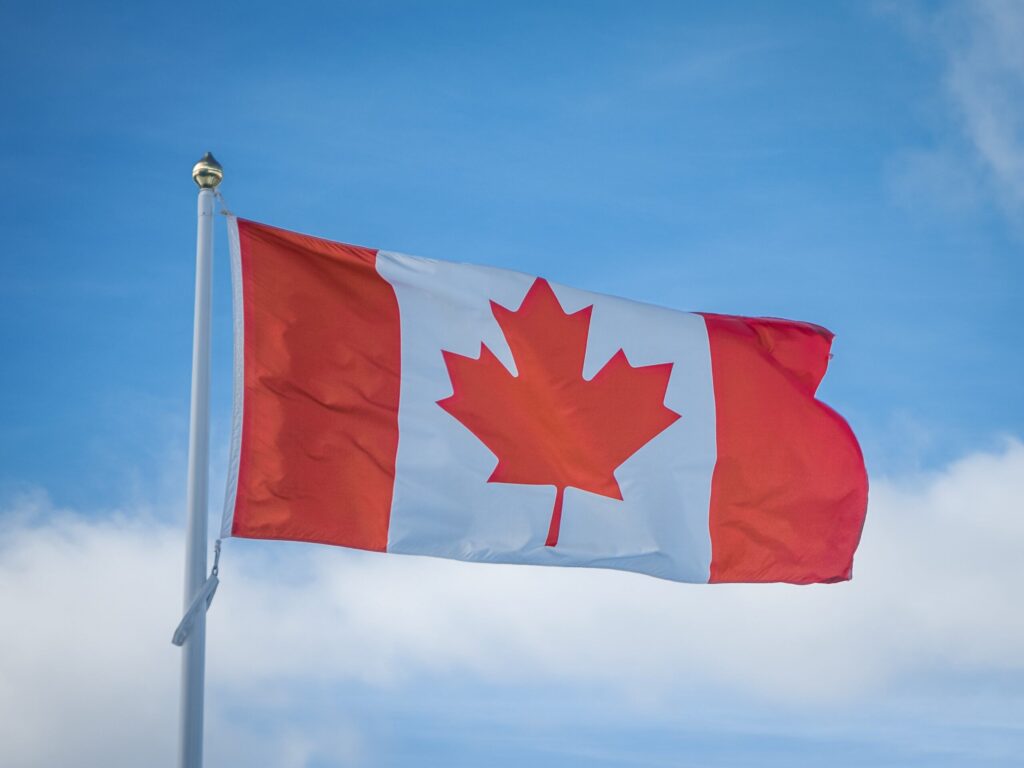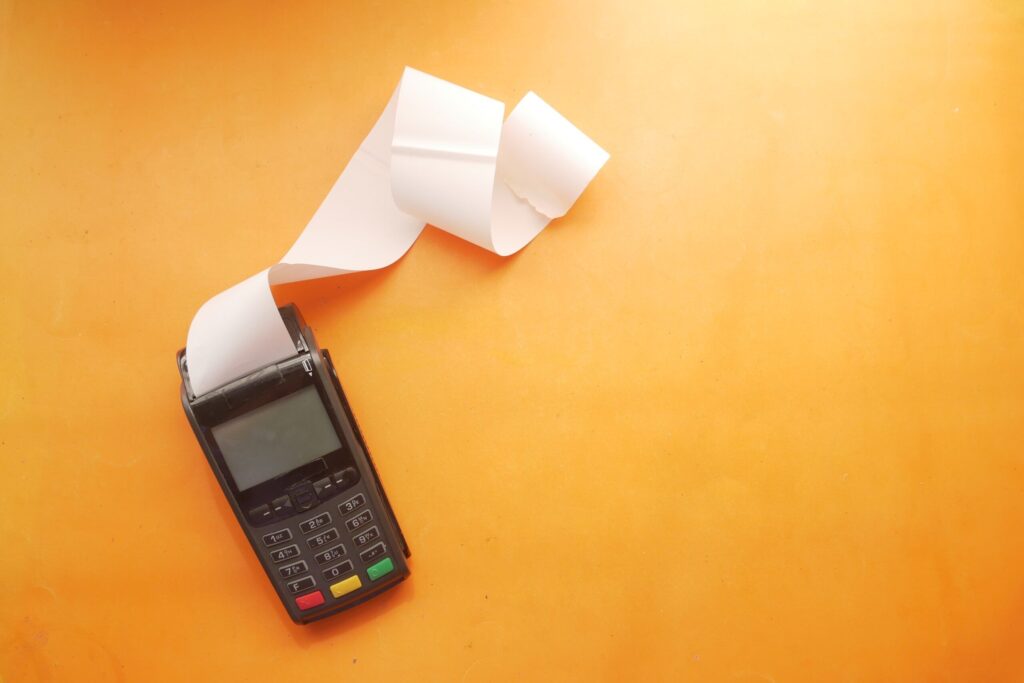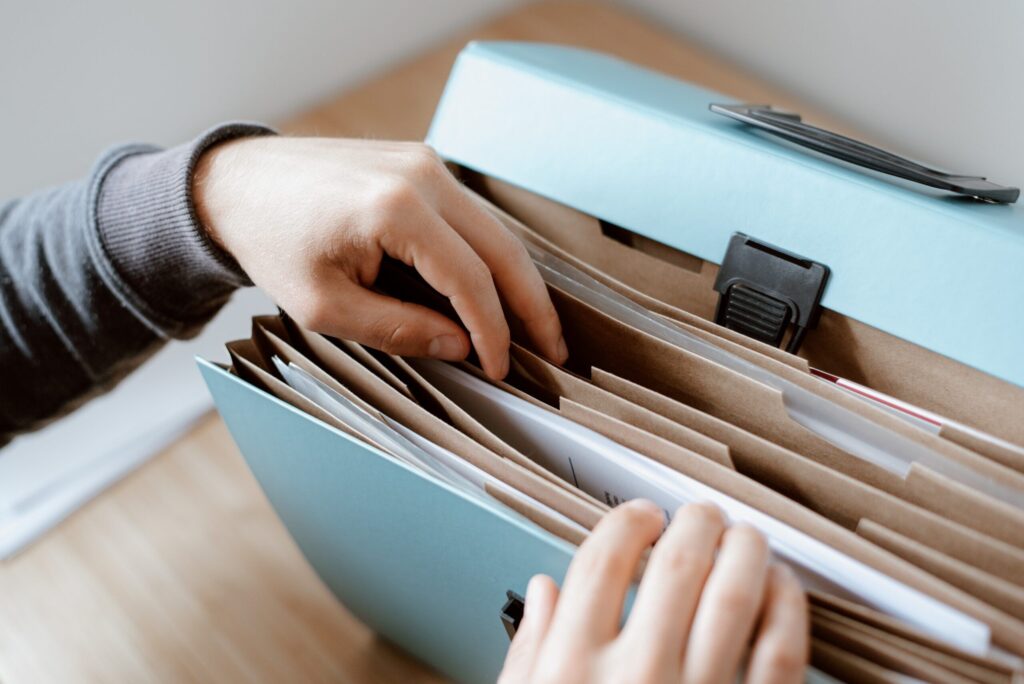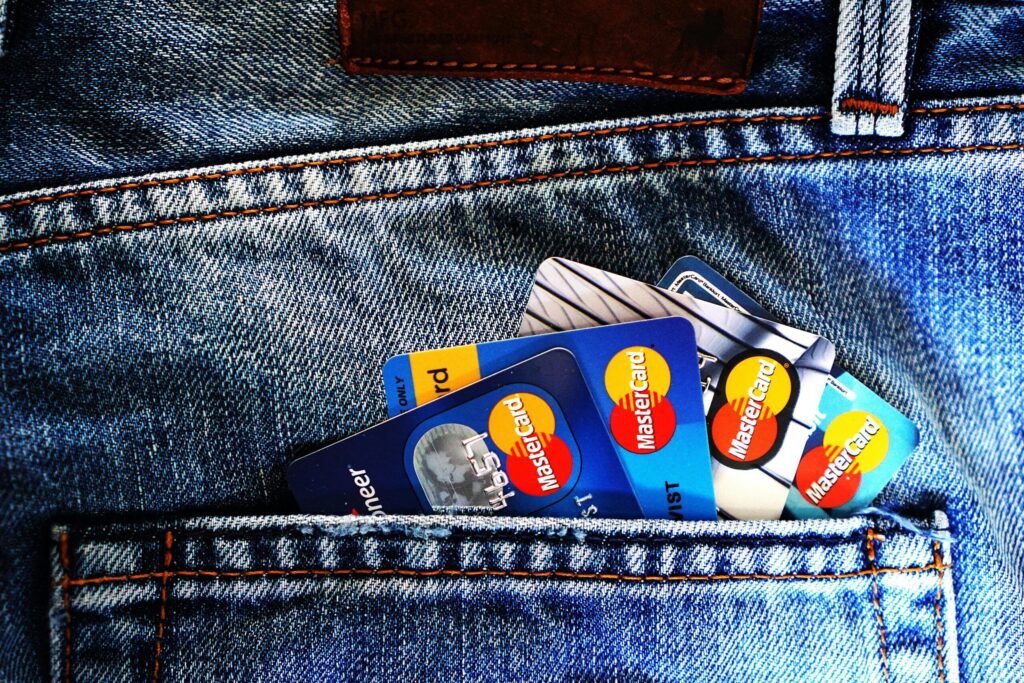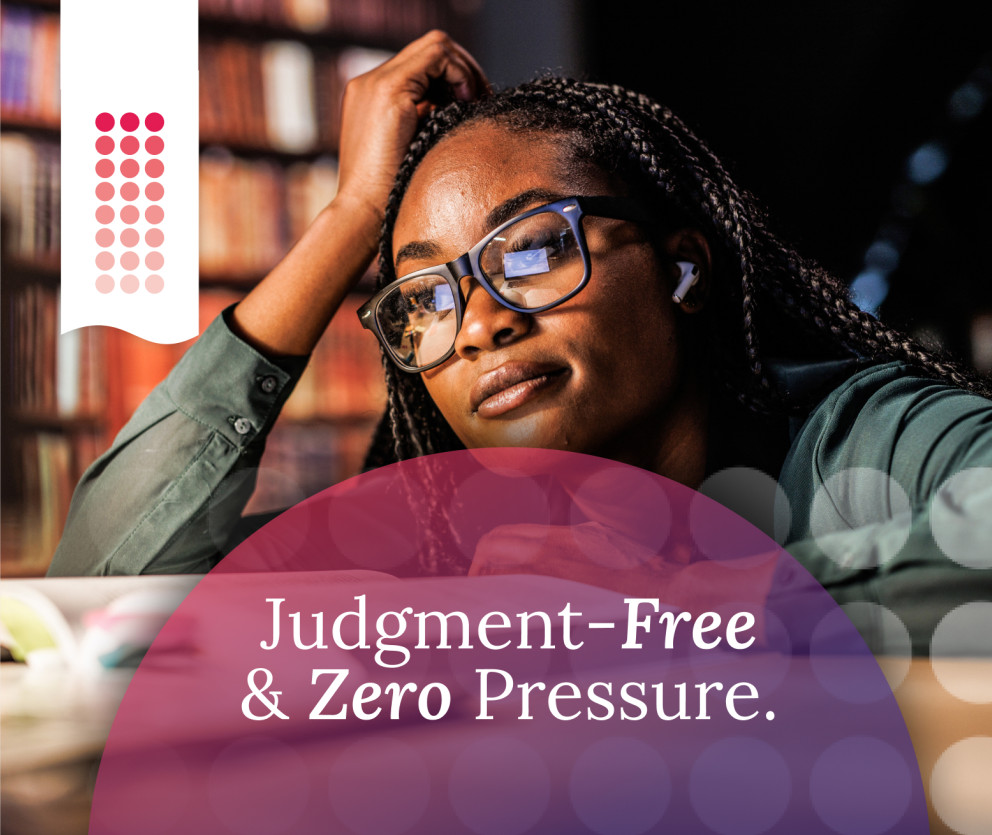When managing your finances or dealing with debt, understanding the difference between secured debt vs unsecured debt is essential. These two types of debt play a significant role in your financial health, and knowing how they work can help you make informed decisions to manage or eliminate debt effectively. This article will explore the key differences between secured and unsecured debt, provide examples, and explain how each impacts your financial situation – while also sharing practical tips for managing debt responsibly.
What is secured debt?
Secured debt is backed by collateral, meaning the lender requires an asset as security for the loan. If you default on your payments, the lender can seize the collateral to recover their losses.
Examples of secured debt:
- Mortgages: your home acts as collateral, and the lender can foreclose if you fail to make payments.
- Car loans: the vehicle you’re financing serves as collateral, and repossession is possible if payments are missed.
- Home Equity Lines of Credit (HELOCs): your home equity is used as collateral for the loan.
Pros of secured debt:
- Lower interest rates compared to unsecured loans.
- Higher borrowing limits due to the lender’s reduced risk.
Cons of secured debt:
- Risk of losing your collateral if you can’t make payments.
- Often long-term commitments that require consistent financial stability.
What is unsecured debt?
Unsecured debt does not require collateral. Instead, lenders rely on your creditworthiness and income to approve and manage the loan. Because there’s no collateral involved, unsecured loans tend to have higher interest rates.
Examples of unsecured debt:
- Credit cards: you borrow funds with the agreement to pay back the balance, often with high interest if not paid in full.
- Personal loans: loans that don’t require collateral but may come with strict credit requirements.
- Student loans: typically unsecured, though repayment terms may vary depending on the program.
Pros of unsecured debt:
- No risk of losing assets if you default.
- Easier access to small, short-term loans.
Cons of unsecured debt:
- Higher interest rates, which can make repayment more expensive.
- May impact your credit score more significantly if you miss payments.
Secured debt vs unsecured debt: the key differences
| Feature | Secured Debt | Unsecured Debt |
|---|---|---|
| Collateral required? | Yes (e.g., home, car) | No |
| Interest rates | Lower | Higher |
| Risk to borrower | Loss of collateral if you default | No collateral risk but may affect credit |
| Approval requirements | Often depends on collateral value | Depends on credit score and income |
Understanding these distinctions is vital for planning how to manage or consolidate your debt effectively.
How to manage secured and unsecured debt
Managing your debt responsibly can protect your assets and improve your financial health. Here are some strategies:
1. Prioritize high-interest debt
If you’re carrying unsecured debt with high interest, such as credit card balances, focus on paying this off first. This method of debt repayment is known as the debt avalanche method.
2. Avoid defaulting on secured loans
Defaulting on secured debt can result in losing your home, car, or other valuable assets. If you’re struggling, contact your lender as soon as you can to discuss payment options.
3. Consolidate debt where possible
Consider consolidating unsecured debt through a personal loan with a lower interest rate or a balance transfer credit card.
4. Seek professional help
If your debt feels overwhelming, consult a Licensed Insolvency Trustee (LIT). These federally regulated professionals are the only individuals able to file all forms of debt relief, and can help you explore options like a consumer proposal or bankruptcy.
Secured vs. unsecured debt and debt relief options
If you’re struggling to manage secured or unsecured debt, understanding your options for debt relief is crucial. Here are the most effective methods available in Canada:
Consumer proposal
This is a legally binding agreement that allows you to reduce and consolidate unsecured debt while keeping your secured assets, like your home or car.
Bankruptcy
In extreme cases, filing for bankruptcy can discharge unsecured debts, although secured debts may still need to be paid to retain collateral.
Debt Consolidation
For unsecured debts, debt consolidation can simplify payments and reduce interest rates, making it easier to get back on track.
Why choose Spergel for debt relief?
At Spergel, our team of Licensed Insolvency Trustees (LITs) specializes in helping Canadians overcome financial challenges. Whether you’re managing secured or unsecured debt, we can guide you through personalized solutions to regain financial freedom. With decades of experience and a commitment to transparency, we’ll help you:
- Understand your debt relief options.
- Protect your secured assets.
- Reduce your unsecured debt burden.
Secured debt vs unsecured debt: FAQs
Here are some of the most common questions we receive about secured debt vs unsecured debt:
How to tell if debt is secured?
To determine if a debt is secured, check if it is tied to an asset, such as a house, car, or other property used as collateral. Secured debts, like mortgages and car loans, are backed by these assets, which lenders can seize if you default on payments. Review your loan agreement to see if collateral is listed or if the terms include asset-related conditions. Unsecured debts, such as credit cards or personal loans, don’t involve collateral and rely solely on your creditworthiness.
Is a credit card a secured or unsecured debt?
A credit card is typically an unsecured debt, meaning it does not require collateral to borrow funds. The lender approves your credit based on your creditworthiness, income, and financial history. However, there are secured credit cards, which require a cash deposit as collateral, often used by individuals with poor or limited credit to build or rebuild their credit score.
Take the first step today
Understanding the difference between secured and unsecured debt is key to managing your financial health. If you’re feeling overwhelmed, don’t wait – take action today. Because debt shouldn’t decide. Contact Spergel for a free consultation and learn how our debt relief solutions can help you achieve a brighter financial future.





